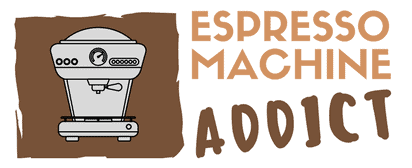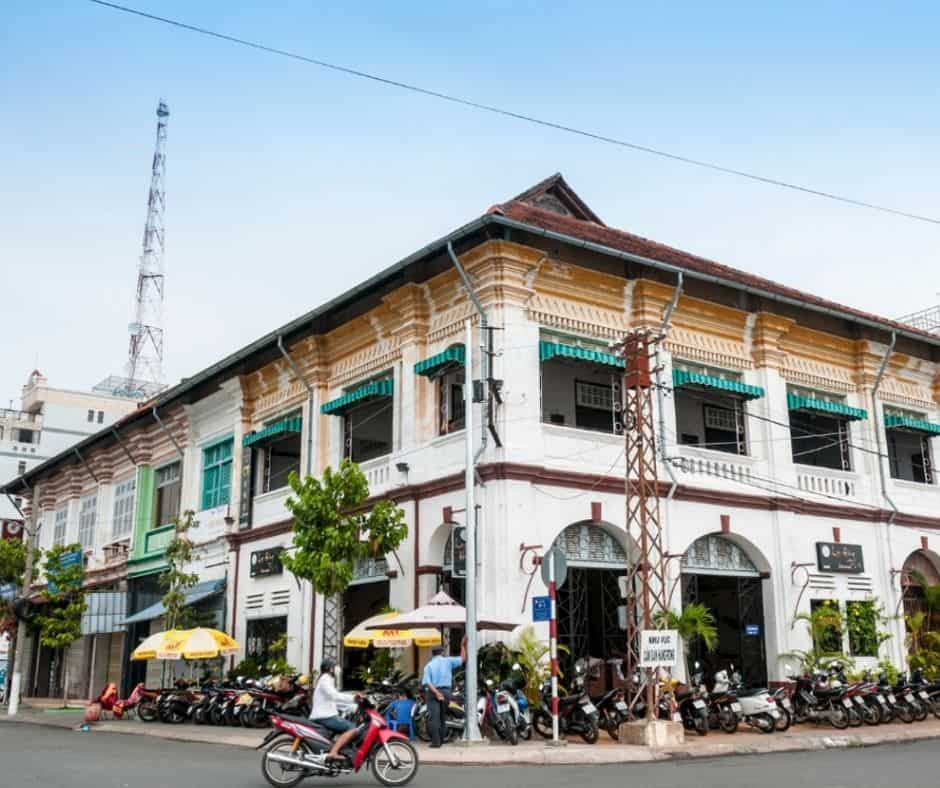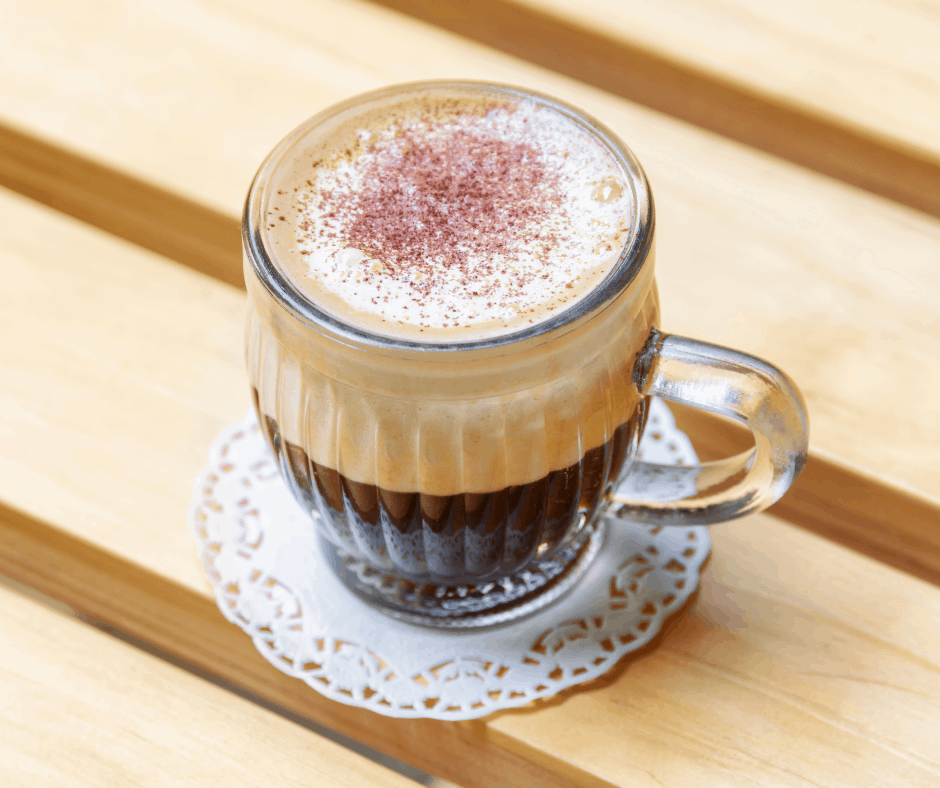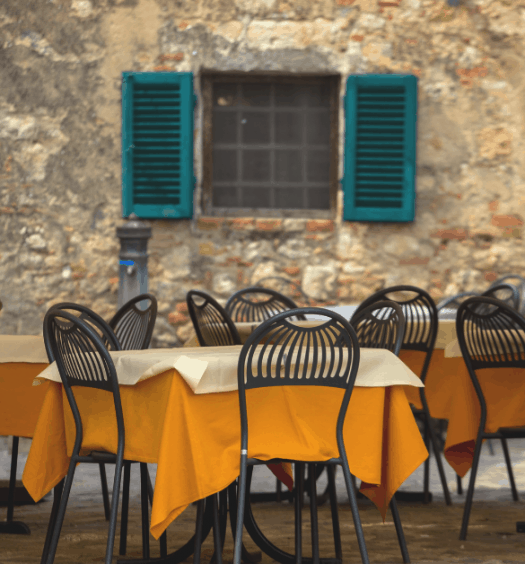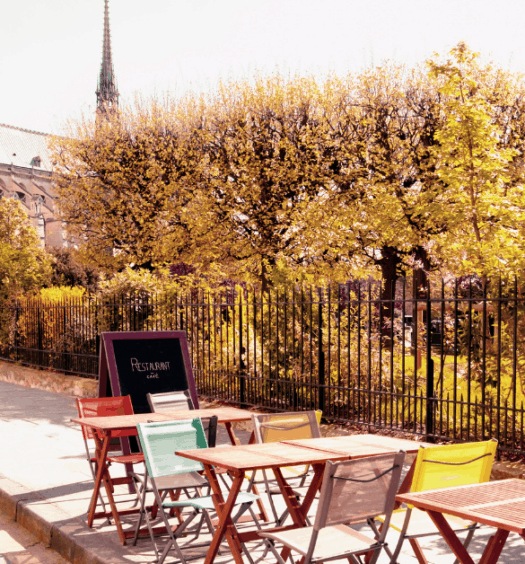If you ask someone to name a country with a strong coffee culture, France and Italy are usually two that come to mind first. However, the coffee culture in Vietnam shouldn’t be overlooked.
Vietnamese coffee culture has grown over time. It moved beyond being a crop to a way of life, creating casual socialization and relaxation opportunities. Whether it’s making a lovely pot at home using Vietnamese coffee beans or heading to a local Vietnam coffee maker for a unique roast at a café, it’s increasingly become part of daily life.
If you’d like to learn more about coffee culture in Vietnam, here’s everything you need to know.
Coffee Culture in Vietnam
Many people don’t realize that Vietnam is the second-largest coffee bean producer globally, coming in after Brazil. Vietnam coffee beans make their way into a wide variety of products, including ground coffee and instant coffees found in many supermarkets in the Western world.
While much of the coffee is grown for export, it’s also a favorite beverage among the local population. The Vietnam coffee culture focuses on Robusta beans, which are grown locally. But the experience can vary dramatically.
Some people prefer to stop at small coffee shops and enjoy a cup while sitting on a sidewalk stool. Others favor the elevated café experience you can also find in the area. However, both approaches are admired with the same level of reverence. Most people believe you can find the best coffee in Vietnam at hole-in-the-wall cafés just as easily as you can at specialty shops
Additionally, many coffee shops serve drinks made from one local producer’s beans, while some partner with several roasters—others roast on-site, creating a custom coffee that’s unique to their café.
While Robusta beans tend to take center stage, Arabica is also found throughout the country. Each bean has a unique flavor profile, so local coffee shops may use one or the other depending on the desired end result.
Vietnam has also branched into espresso more recently. From a coffee culture standpoint, the move was to elevate Vietnamese coffee, showcasing to the world that the country had far more to offer than the coffee that usually made its way into exports.
There is also a museum dedicated to coffee in Vietnam. The World of Coffee Museum focuses on the history of the beverage, innovations in the industry, and even art focused on the delectable drink. A visit is a treat for all five senses, creating a coffee experience unlike any other.
Types of Coffee in Vietnam
As mentioned above, Robusta beans are by far the most popular option in Vietnam. Vietnam is the largest producer of Robusta beans in the world, so it makes sense that it’s a favorite.
You’ll also find Robusta beans in a wide variety of roasts. Some cafés favor lighter roasts, using a more delicate hand to enhance the complexity of the bean’s flavors and showcase unique taste profiles in the Vietnam coffee bean.
The darker roast coffee of Vietnam – particularly the espresso beans – is more about boldness. Additionally, it can stand up well to add-ins like sweetened condensed milk and sweeteners, ensuring the coffee flavor isn’t lost.
You can also find Arabica beans in Vietnam. Since the two kinds of beans offer different flavor profiles, it creates an opportunity for a broader coffee drinking experience within a single country.
If you’re wondering about the Vietnam famous coffee, you might be thinking about Kopi Luwak. It’s considered the most expensive coffee on the planet and is found in Vietnam and some other South and Southeast Asian countries.
Kopi Luwak is costly because of how it’s made. The coffee beans have to pass through the digestive tract of a civet – a small mammal – before they are gathered and roasted.
When it comes to how coffee drinks are made, you usually don’t see many large machines. Instead, the typical Vietnam coffee maker is a metal filter that’s placed above a container or cup. It allows for a slow drip process that produces a rich, decadent flavor and is far more common than electric brewing devices.
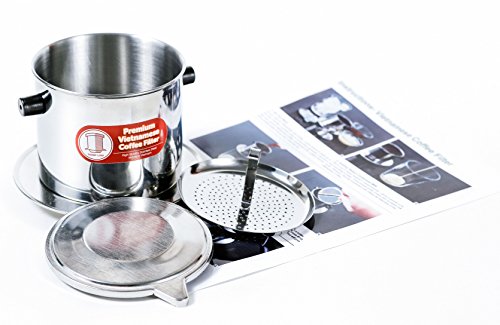
How to Order Coffee in Vietnam
While some countries may frown upon having coffee at certain times of day, Vietnam doesn’t. Day or night, cafés are popular destinations.
If you want to order coffee in Vietnam, you may want to start with ca phe sua da (vietnamese iced coffee). It’s a Robusta coffee drink made with condensed milk that’s served over ice. It offers a rich flavor and lovely sweetness that makes it a drink worth savoring, usually by slowly sipping the beverage with a straw. Plus, thanks to its energy-boosting capabilities, it earned the nickname “rocket fuel” in many circles.
For a similar drink that’s served hot, you’ll want a ca phe sua nong. It also features beautiful Robusta beans and condensed milk, but it isn’t served over ice.
Another local favorite is ca phe trung, or vietnamese egg coffee. When dairy shortages were an issue in the mid-1940s, some cafés began using whisked egg yolks in place of milk. With the addition of some spices, the result is a frothy coffee delight that’s got dessert-like qualities.
If you want to keep it simple, you can go with ca phe den nong. That’s a traditional drip black coffee. Just keep in mind that it can be very strong, so you may only need one to start your day off with a kick.
One fun aspect of coffee culture in Vietnam is that cafés aren’t afraid to be a bit experimental. You may find drinks featuring ingredients like yogurt, avocado, or the tapioca pearls more commonly found in boba tea. As a result, visitors and locals can discover intriguing concoctions in many coffee shops across the country, including some you may never see anywhere else.
Coffee Ordering Mistakes in Vietnam
Generally, there aren’t many mistakes you can make when ordering coffee in Vietnam. The only thing to be aware of is that you may not find as many milk options in many cafés. Even regular milk – not condensed milk – isn’t as highly available as in many other countries. Similarly, while you may find soy milk or other dairy alternatives in some coffee shops, you might not see a wide range of options.
Beyond that, asking for a coffee to-go may not work out. Locals tend to enjoy their drinks at the café, so many smaller coffee shops aren’t prepared with disposable cups that can leave the café. However, some may be able to accommodate the request.
Vietnamese Coffee Brands
If you’re looking for the best coffee brand in Vietnam, you may be spoiled for choice. There are quite a few that have made a name for themselves, and each has its merits.
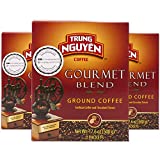
One leading Vietnamese coffee brand is Trung Nguyen. There are several blends available, allowing you to find an option that best suits your taste. If you aren’t sure where to start, the Premium Blend can be a great choice. It’s a medium roast with a complex flavor profile that includes hints of chocolate for that little something extra.
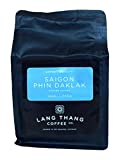
Another standout Vietnam coffee brand is Lang Thang Coffee Co. The Saigon Phin Daklak blend offers a smoother flavor that pairs particularly well with condensed milk, making it ideal if you want to enjoy a more traditional Vietnamese coffee drink at home.
Travel with us as we explore coffee culture in Turkey and the North Pole.
